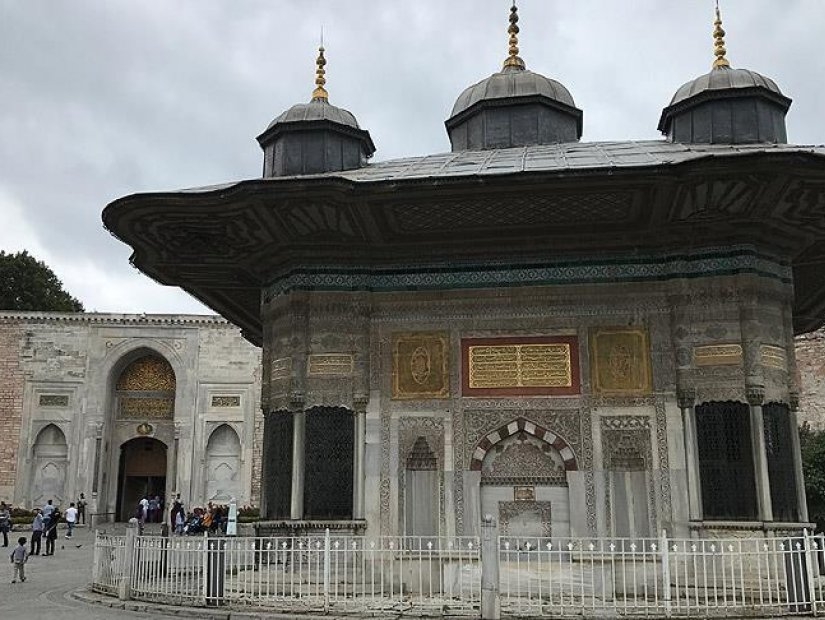Blog
Value of Charity Fountains in Turkey
Value of Charity Fountains in Turkey
Value of Charity Fountains in Turkey
Charity fountains can be found on walls or squares, as part of mosques or freestanding, at corners, in chambers, and even as cabbage-headed columns. These were the types of fountains that decorated Istanbul throughout the Ottoman Empire, and if you know where to look, you may still see them now. For its time as the capital of the Eastern Roman Empire in the 4th century, Istanbul supplied the water needs of her population by building aqueducts from distant sources. The Byzantines maintained the water running by repairing and rebuilding the water system, but by 1453, when the Ottoman Turks took the city, it needed a total renovation.
The Byzantines must have had fountains because the Romans did, but there is no evidence of them now. Instead, we have numerous Ottoman-era fountains that were widespread until the 19th century, when pipelines transporting water directly into individual homes were installed. The human vs. the bath was a significant difference between the Ottomans and those who came before them in that the former expected (and in some cases mandated) that water be flowing: the hamam vs. the bath. The solution was to construct fountains throughout the city, an idea that was probably affected by the Persians and Seljuks as the nomadic Ottoman Turks traveled through Iran and Syria on their journey to Anatolia.
Fountains as Charity
In the Islamic world, charity is required by religion. Every year, a percentage of one's fortune must be donated to help the poor. The creation of fountains was mentioned among the charity actions that were praised. Mosques, schools, and hospitals were built by the sultans, their close families, and the paşas (top government officials), while lower-level officials and wealthy people built fountains.
Until the 19th century, only the wealthy's palaces and homes had access to running water. The remainder of the inhabitants might use the water fountain in the neighborhood. Water could also be supplied directly to the door by a horse or a porter. For the most part, this water would be obtained from fountains in town squares, with some being set aside for horses to drink and others reserved for porters only. For distribution, the water would be placed in leather containers. The fountains were initially built up with free-flowing water, but during Sultan Süleyman's reign, when Mimar Sinan revamped the entire water system, taps were inserted.


